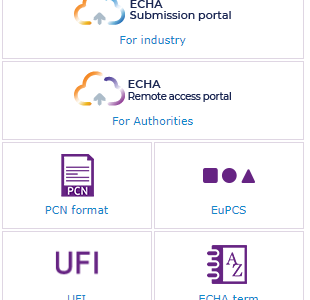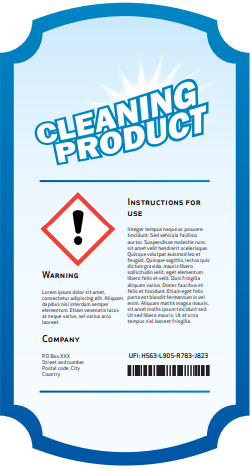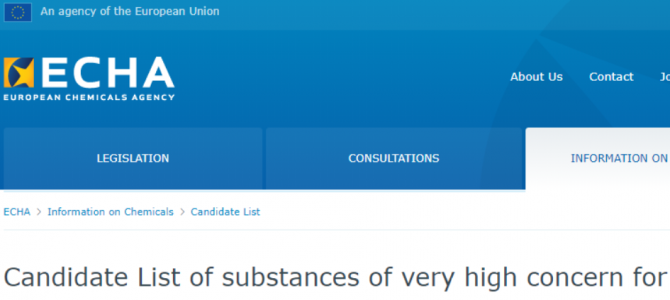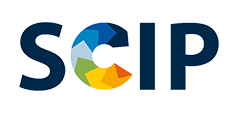
Inspectors to check products sold online that contain harmful substances
Inspections for the eighth major Forum enforcement project have started. The project will check whether companies selling hazardous substances, mixtures, biocidal products and articles online in Member States and EEA countries comply with REACH, CLP and the Biocidal Products Regulation.
https://echa.europa.eu/-/inspectors-to-check-products-sold-online-that-contain-harmful-substances
The eighth major Forum enforcement project (REF-8) concentrating on the online sale of substances, mixtures and products has entered its operational phase and will run until 31 December 2020. 29 countries will participate in the project.
This inspections are following previous controling activities and based on the „Final report on the Forum Pilot Project on CLP focusing on control of internet salesReporting period: January – October 2017“:
In total, 1 083 (82.4 %) non-compliances in reference to Article 48(2) of CLP were found.
In 83.3 % of non-compliant cases, no information was provided on hazard statements and/or supplementary statements.
More to be found in: https://echa.europa.eu/documents/10162/13577/forum_project_report_on_control_of_internet_sales_en.pdf
The REF-8 project will target products for the general public and professionals, available in private companies’ webshops and in marketplace platforms, such as Amazon and eBay.
Inspectors will check if buyers are informed about the existence of hazardous substances before the purchase is completed and if particular aspects of the regulations are fulfilled. This can be checked by controlling the advertisement of a chemical product or by purchasing products and subsequently analysing them.
For example, inspectors will look into restricted substances found in products commonly sold online such as toys and textiles and check against the requirements laid down in the REACH Regulation.
For the Biocidal Products Regulation, the project covers both authorised biocidal products and those available under the transitional regime. The transitional regime is the period of time where biocidal products are still governed by national provisions in each Member State.
The project will focus on the online product information and online advertisements but inspectors may visit the companies for on-site inspections, whenever they consider it relevant.
The results of the project are expected to be published at the end of 2021.
More information – Safety data Sheets on Ekotox: https://ekotox.com.ua/safety-data-sheet-sds/
![]()
Actual Ekotox webinars: https://reachtraining.eu/en/seminars
EKOTOX CENTERS
- Legislation and Regulatory Compliance Services (EU REACH, CLP, detergents, RoHS, WEEE, POPs…)
- Safety Data Sheets and products/mixtures registration on the EU member states markets (Poison Centers), UFI and more
- Biocides
- Cosmetics Safety
- Chemicals risk assessment / management
- Environmental Health & Safety & Risk Assessment
- Occupational Health & Safety & Risk Assessment
Ekotoxikologické centrum CZ
Centrum Ekotoksykologiczne (PL)
Ekotoxikologické centrum Bratislava, s.r.o. (SK)
Tomášikova 10/F, 821 03 Bratislava
Slovenská republika
Tel.: +421 (2) 4594 3712, 4594 5223
E-mail: ekotox(at)ekotox.eu
Web: https://ekotox.com.ua
FB: Ekotox Centers
Twitter: Ekotox Centers
Linkedin: Ekotox




